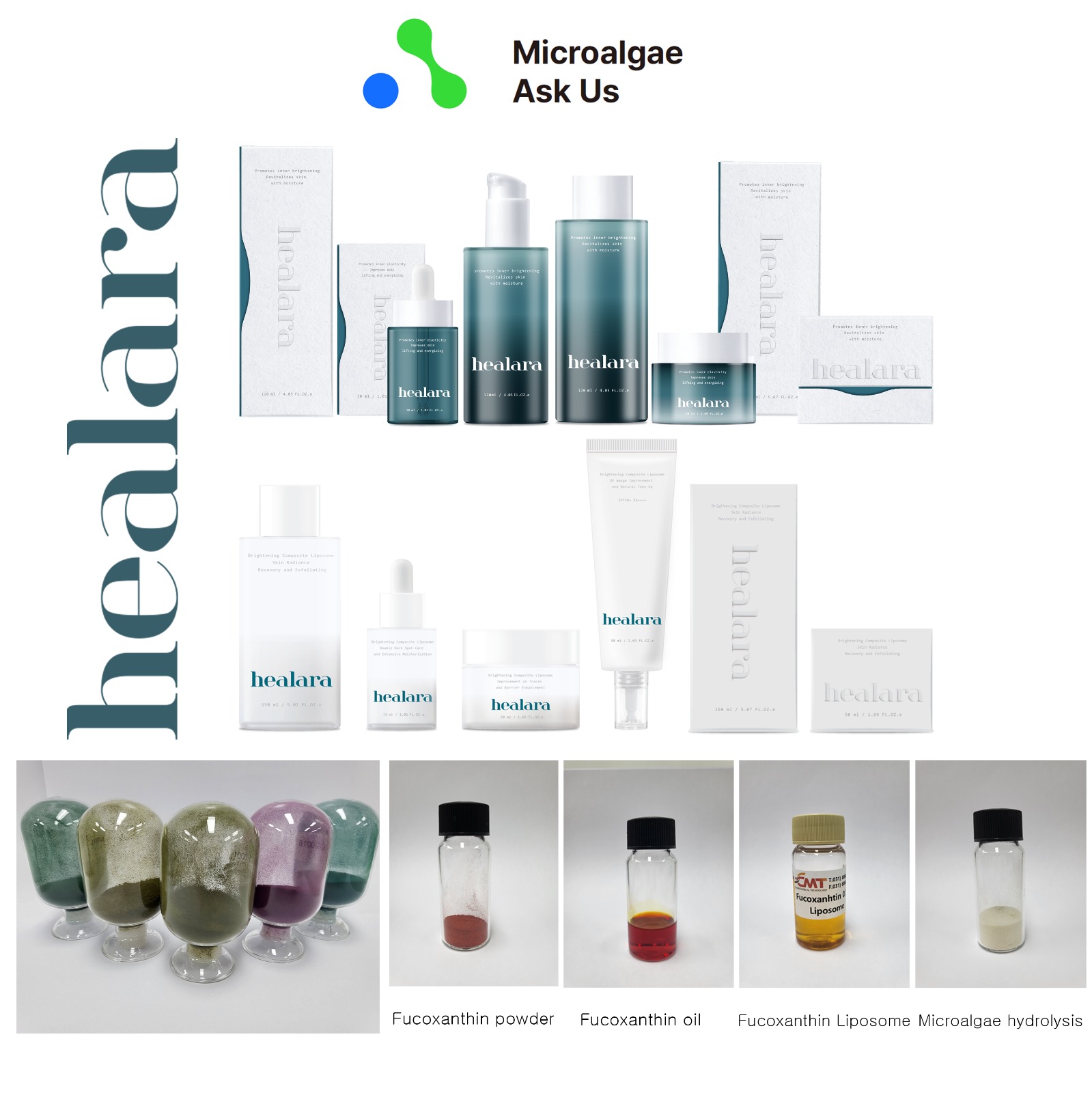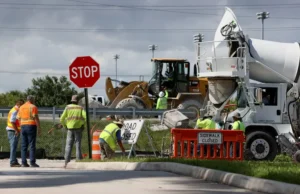Key Takeaways
- NASA’s NIAC program supports innovative concepts for space exploration, aiming to enhance resources for future missions, including those to Mars.
- Researchers are developing systems for water and oxygen production, detoxifying Martian water, and addressing exposure to space radiation.
- New technologies could significantly improve astronaut safety and longevity in space, while enhancing Earth-based applications.
NASA’s Innovative Advanced Concepts (NIAC) program is working on pioneering ideas that could revolutionize space exploration, collaborating with innovators and entrepreneurs to turn ambitious concepts into reality. Focused on advancing capabilities such as resource acquisition on distant planets, improving space travel safety and efficiency, and offering benefits back on Earth, NIAC is fostering developments that may play crucial roles in future human missions to Mars.
Oxygen Generation in Space
Astronauts face challenges with limited supplies of water and oxygen during missions. One NIAC study is exploring a method to generate oxygen by separating gas bubbles from water in microgravity, without direct contact. Early findings suggest this system can adapt to energy fluctuations, requires less clean water, is effective in diverse temperatures, and demonstrates increased resistance to bacteria compared to existing systems. The team seeks to test a larger version in microgravity to evaluate its potential for long-duration missions, particularly to Mars.
Water Detoxification on Mars
Mars’ water is not only scarce but also contaminated with harmful perchlorates, which pose risks to both human health and equipment. Researchers are developing a regenerative system to detoxify Martian water using naturally occurring bacteria. By harnessing specific biochemical pathways, the system aims to convert harmful chemicals into safer compounds, thereby enabling sustainable human habitation on Mars. This technology could ensure a reliable water supply for future explorers.
Mitigating Radiation Exposure
Radiation poses a significant threat to astronaut health during lengthy space missions. A NIAC study is investigating a novel approach involving the transplantation of healthy mitochondria into cells damaged by radiation exposure. Using in vitro human cell models, researchers aim to assess how this targeted therapy might restore cellular function and potentially reduce radiation risks. The implications of this technology extend beyond space travel, holding promise for treating age-related diseases on Earth.
Advanced Spacesuits for Exploration
As Mars presents its own set of challenges, specially designedspacesuits are critical for future missions. Engineers have proposed creating high-performance, customizable spacesuits through digital thread technology. This approach enables the production of suits that not only protect astronauts from the harsh Martian environment but also allow for mobility during exploration. The latest NIAC study has successfully mapped essential components and manufacturing technologies, paving the way for advanced spacesuit development.
Expanding the Horizons of Space Exploration
NIAC concepts are at the forefront of redefining possibilities in space exploration, covering topics from Mars missions to studying black holes. By engaging with innovators and entrepreneurs, NASA is pushing boundaries while simultaneously energizing the space economy. The program continues to seek visionary ideas and is inviting applications for its 2026 Phase I solicitation, open until July 15.
Through its support of groundbreaking research and collaboration, the NIAC program is taking steps to ensure human presence in outer space becomes a reality, promising a future where human life can thrive on Mars and beyond.
The content above is a summary. For more details, see the source article.















